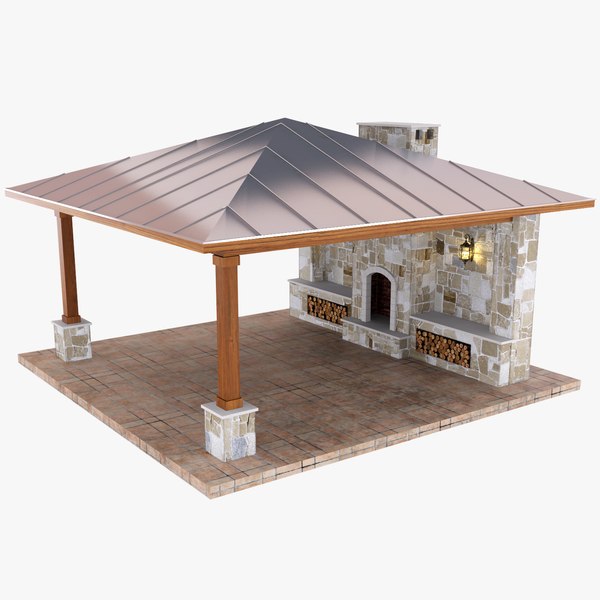Master the Art of Sharpening with the Best Lawn Mower Blade Sharpener
Mower blades are an essential lawn care tool, but choosing the wrong blades can damage your mower and cause health hazards. This guide will help you choose the right blades to use on your lawn.
Standard blades are made to rapidly cut dense grass and then send it for the bagging process. They also have the ability to mulch.

They Cut Grass
The blades are able to be easily and swiftly used to cut grass into smaller pieces. The grass fragments can be returned to the soil, where they will enrich the soil. They are also less susceptible to dust accumulation as opposed to other blades.
Blades that have lower lift are the best choice for sand since they require less power. This type of blade does not blow dust in the air, and it lasts longer.
These blades are more suction-driven than the other blades. They are able to process grass clippings to smaller pieces that can then be bagged or discharged. They are used by lawn care companies that receive different requests from customers on how to handle grass clippings. The versatility of these blades is a benefit but they’re not as durable as steel or carbide blades. They may require more maintenance such as cleaning, balancing, and sharpening.
It’s is Mulch
A regular lawn mower blade produces a strong suction across the ground and pulls grass up to be cut precisely. This suction may also circulate dust and suck up in the blade’s deck, causing rapid wear.
A high lift blade in contrast it sucks up grass and pushes it forward for easy disposal into a bag or the side discharge chute. The blades are generally bent and include additional cutting surfaces on the edges for better mulching.
The best results can be obtained when you select the correct blade for your lawnmower. To be certain you’re purchasing the right blade, look it over for the part number or code that is compatible with the parts list of your unit found in the user’s manual. Then, be sure the pattern of the hole in the center on the new blade lines to the one that came with the unit. After you’re confident that it’s fitted correctly then you can secure it to the mower using the washer and nuts included.
They lift grass
When the mower is moving and the edges are larger, high-lift blades collect an air pocket. This creates a cushion of air that reduces friction when cutting, resulting in an improved cut. It also draws up the clippings, propelling them into an auxiliary chute to make it easy to dispose of.
These types of blades are perfect for cutting thick grass, which can result in clustering. They are ideal for wet or dried lawns, but they may not be effective when mowing on dirty or sandy surfaces since they can catch dirt and then throw it and stones in the air.
Follow the proper safety guidelines for changing your lawnmowers blade. To get the blade in place you’ll need to park the spectacular mower blades sharpener on a level surface and then take off the key. It is possible to remove the bolts which hold the blade in position and then put in an alternative one.
They discharge grass
The wide edges of high-lift blades create an air pocket between them and the grass when they are moving through the grass, which reduces friction and resistance. The suction created by blades lifts up the grass clippings, launching them into a side discharge chute to make it easy to dispose of them.
Low-lift blades are better suited to sandy soils since they’re not able to generate enough suction to lift grass. They are also more prone to the damage caused by stones and other debris that enter the mower while cutting.
2-in-1 blades can be used on regular mowers as well as one equipped with a bagging attachment at the rear. These blades feature some slight curvature at the edges that reduces the clumping and also helps better distribute grass clippings over your lawn. They are only able to provide moderate air flow, which can make it difficult for the engine and reduce the ability to control clipping distribution.
